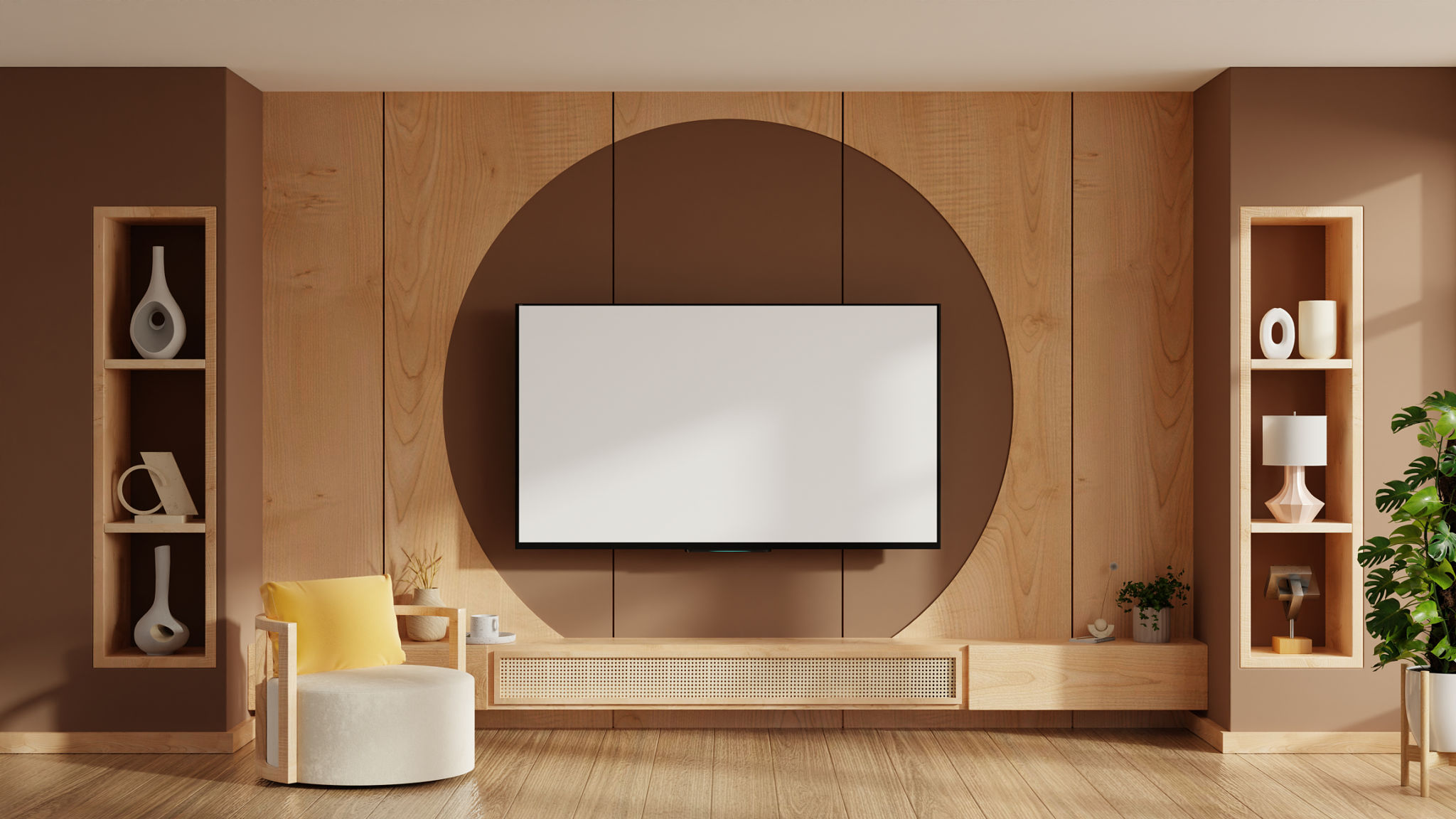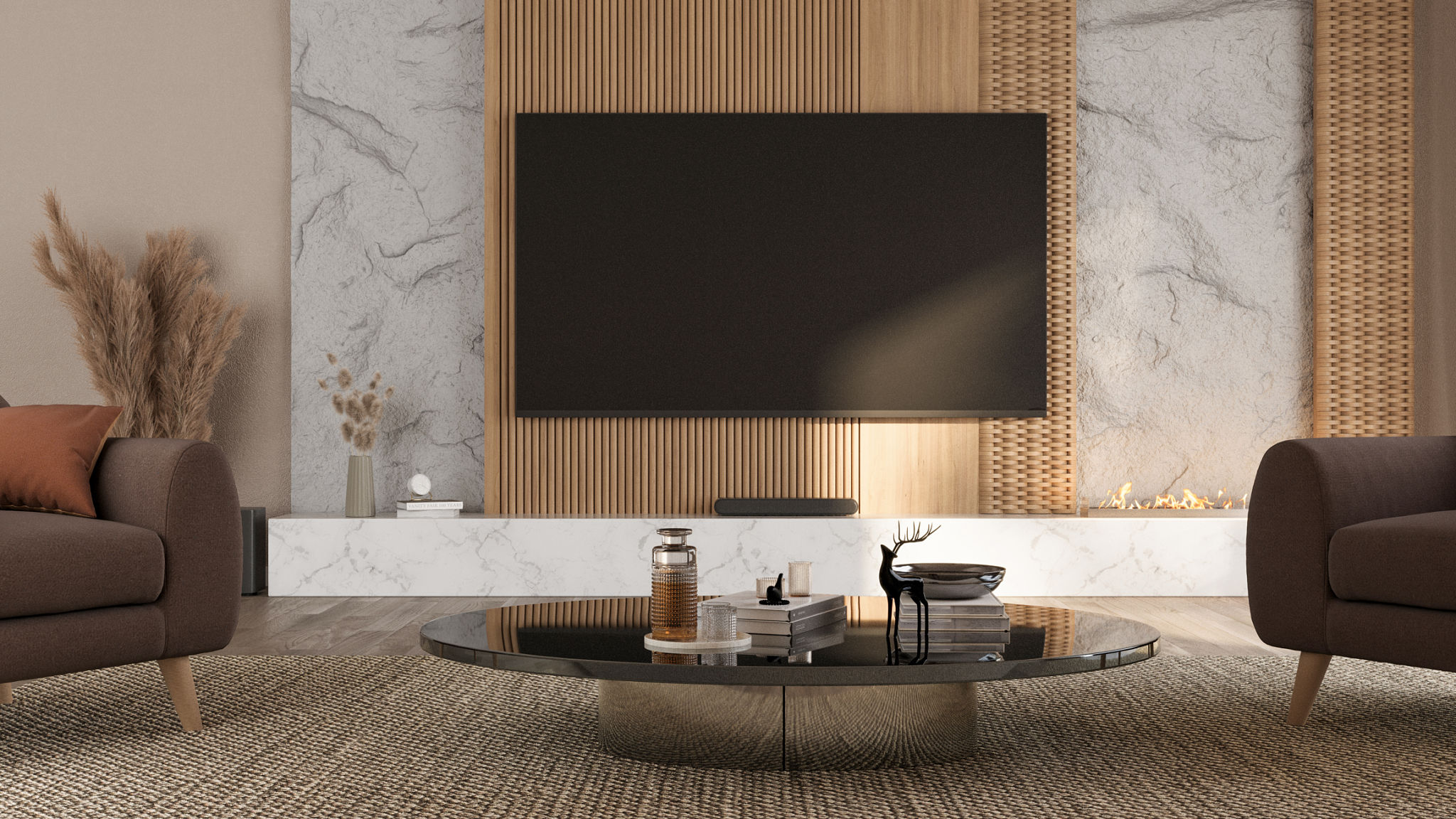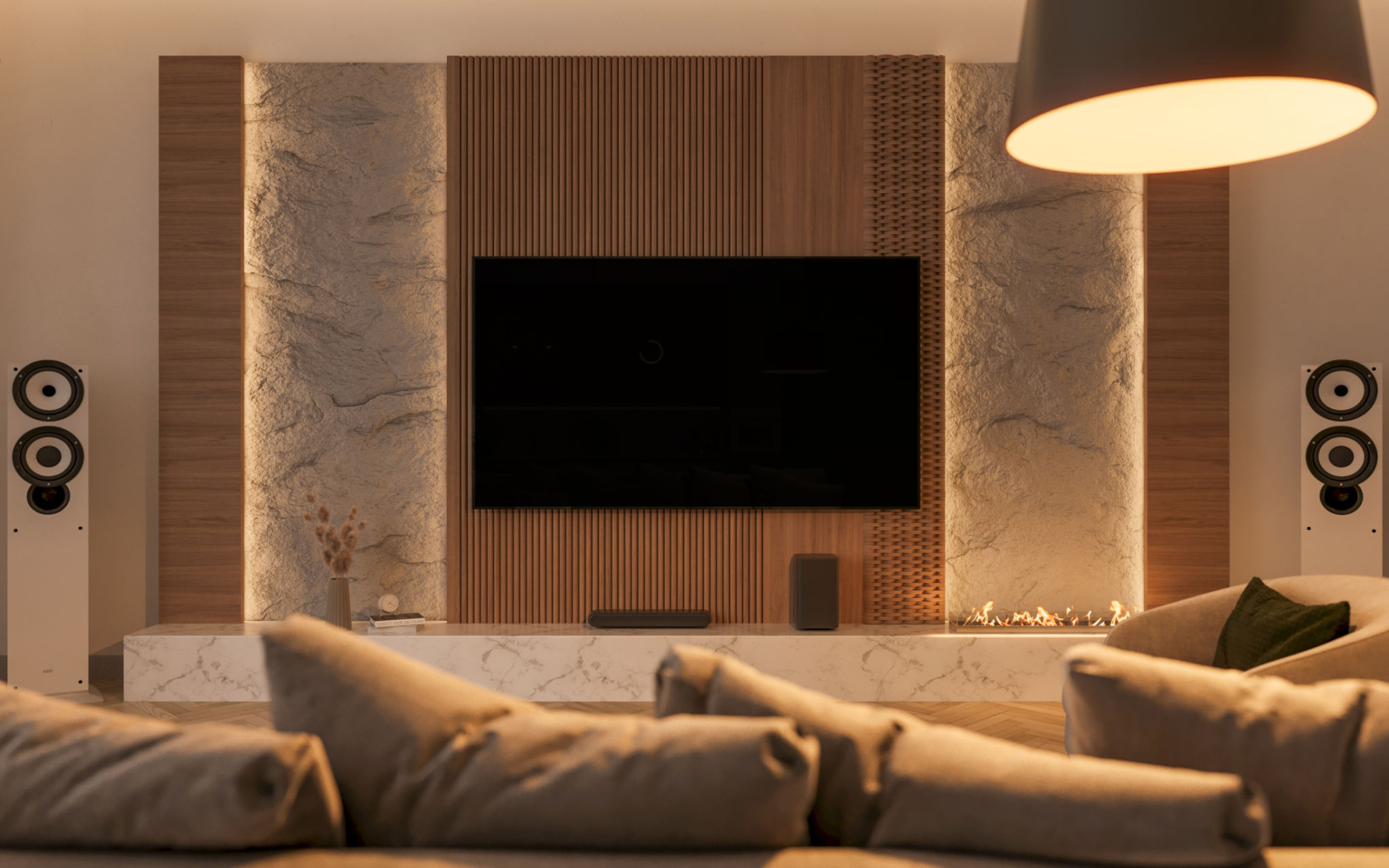Expert Tips for Designing the Perfect Home Theater
AP
Location, Location, Location
Designing the perfect home theater starts with selecting the ideal location within your home. Consider spaces that are away from high-traffic areas to minimize noise and interruptions. Basements often make excellent choices due to their natural soundproofing properties. Ensure the room is large enough to accommodate your seating and equipment needs.
Once you've chosen the location, think about the room's shape and dimensions. A rectangular room is often preferred, as it allows for better sound distribution. Avoid square rooms, as they can create acoustic challenges and unwanted echoes.

Soundproofing and Acoustics
Soundproofing is crucial for creating an immersive viewing experience. Consider installing soundproof doors and windows or adding heavy curtains to block external noise. Additionally, acoustic panels can help manage sound reflections within the room, enhancing audio clarity.
Pay attention to the materials used in your home theater. Carpeting or rugs can help absorb sound, while hard surfaces like tile or wood flooring can cause sound to bounce around. A combination of soft and hard materials will provide the best acoustic balance.

Choosing the Right Equipment
Your choice of audio and visual equipment is central to the home theater experience. When selecting a projector or TV, consider the room size and viewing distance. Larger screens are better for spacious rooms, while smaller screens work well in more confined spaces.
Sound systems are equally important. Invest in a high-quality surround sound system with strategically placed speakers for a truly immersive experience. Ensure that your receiver or amplifier can support current audio formats like Dolby Atmos for enhanced sound quality.

Seating Arrangements
Comfortable seating is a must for any home theater. Choose seats that offer adequate support and cushioning. Recliners are a popular choice, providing both comfort and an authentic theater experience. Consider tiered seating if space allows, ensuring everyone gets an unobstructed view of the screen.
Don't forget about spacing between seats. Aim for at least 20 inches between each seat to allow for easy movement and comfort. Prioritize accessibility by incorporating wide aisles and pathways.
Lighting Design
Proper lighting enhances the ambiance of your home theater. Install dimmable lights to control brightness levels and maintain focus on the screen during movies. Consider ambient lighting options such as LED strips or wall sconces to create a cozy atmosphere without causing glare on the screen.
Use blackout curtains or shades to prevent external light from entering the room. This ensures contrast and color accuracy are maintained during viewing sessions, providing a more dynamic visual experience.

Decor and Personal Touches
The aesthetics of your home theater should reflect your personal style while maintaining functionality. Choose a theme or color scheme that complements the rest of your home but also sets the space apart as a dedicated entertainment area.
Add personal touches like movie posters, memorabilia, or artwork that celebrate your favorite films or genres. These elements not only personalize the space but also enhance its overall appeal.
Smart Home Integration
Integrating smart home technology into your home theater can elevate convenience and control. Use smart assistants to adjust lighting, manage audio settings, and operate your projector or TV with voice commands or a smartphone app.
Consider smart thermostats to maintain a comfortable temperature without leaving your seat, ensuring an uninterrupted viewing experience.